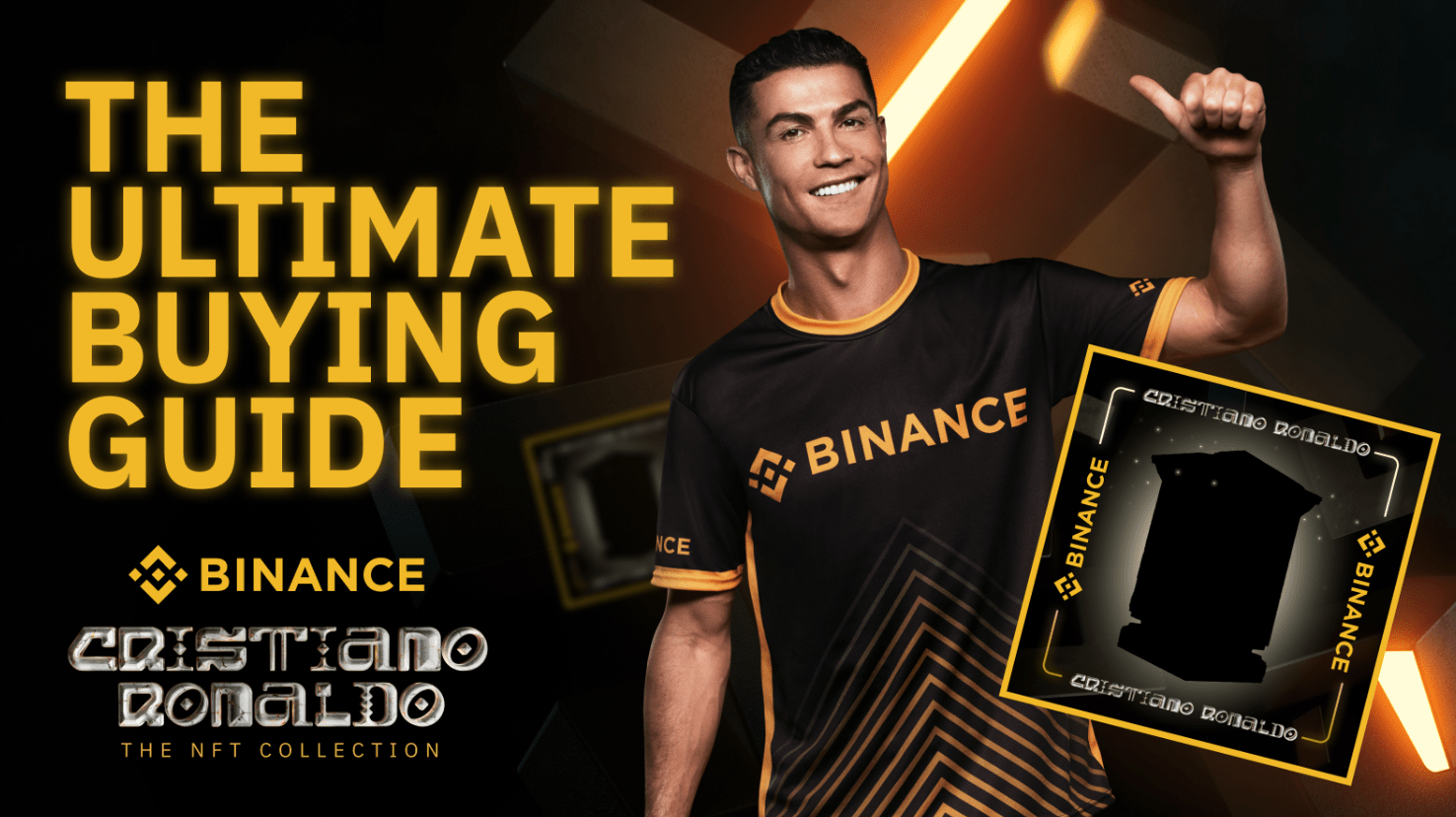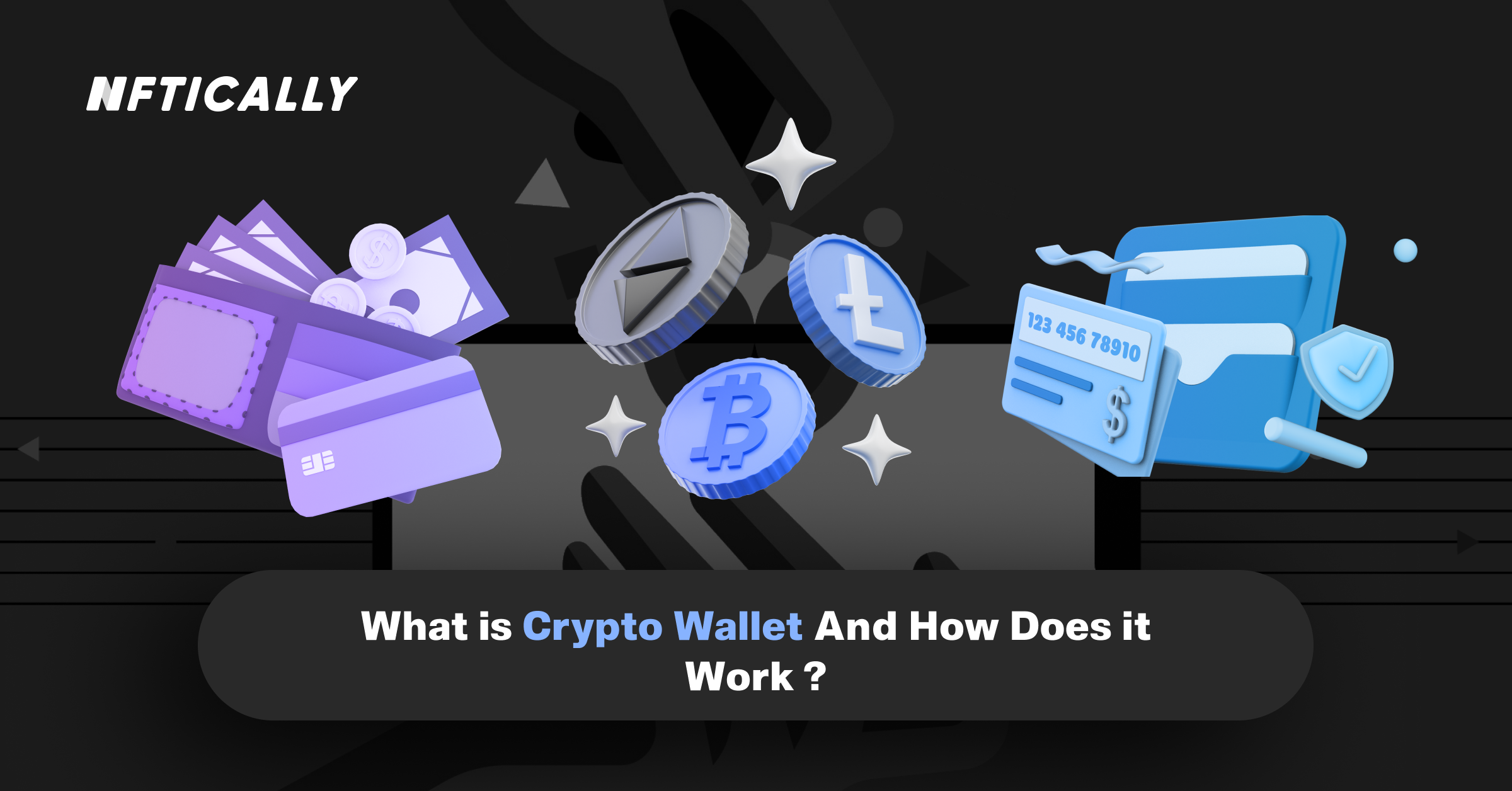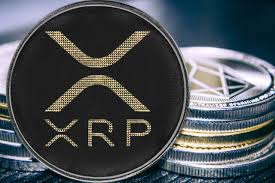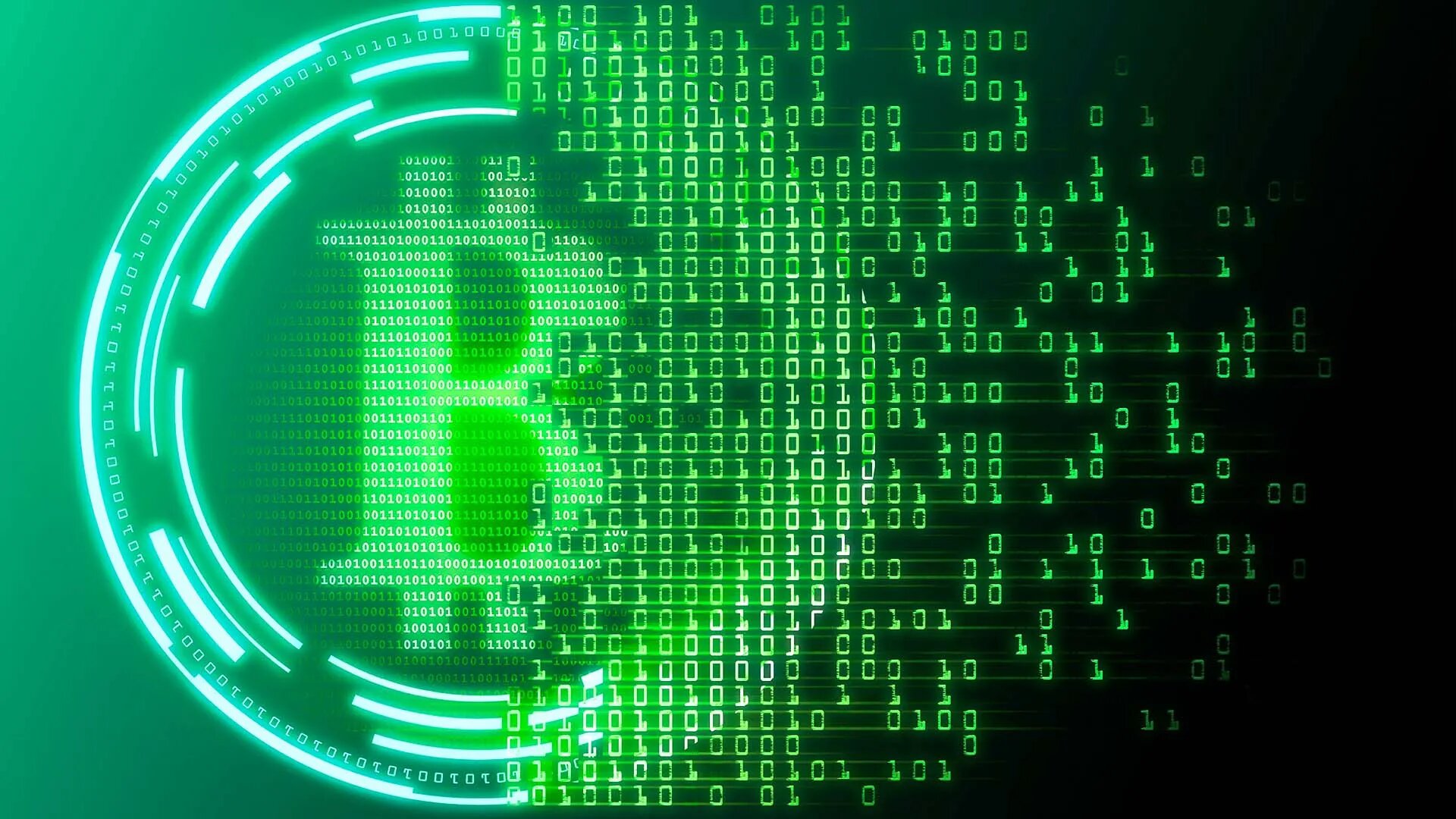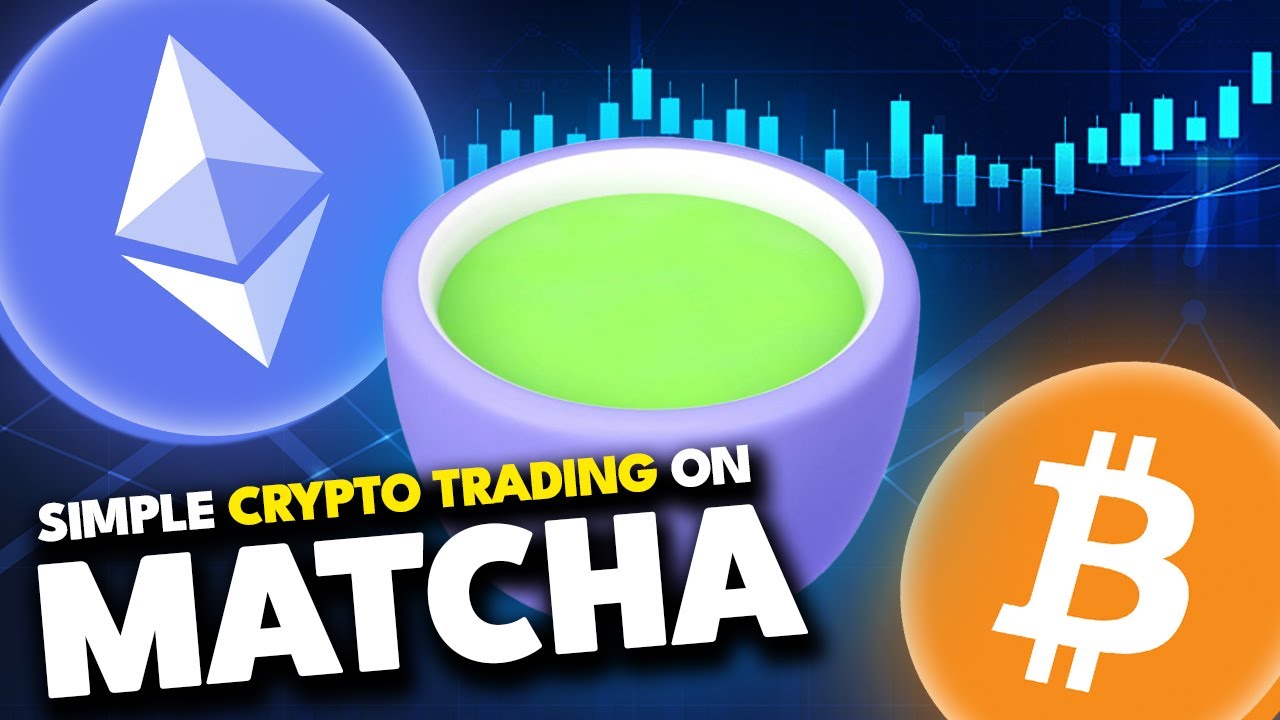How Does NFT Prove Ownership
Discover how NFT ownership proof works and why it's important. Learn about NFTs and their role in proving ownership.
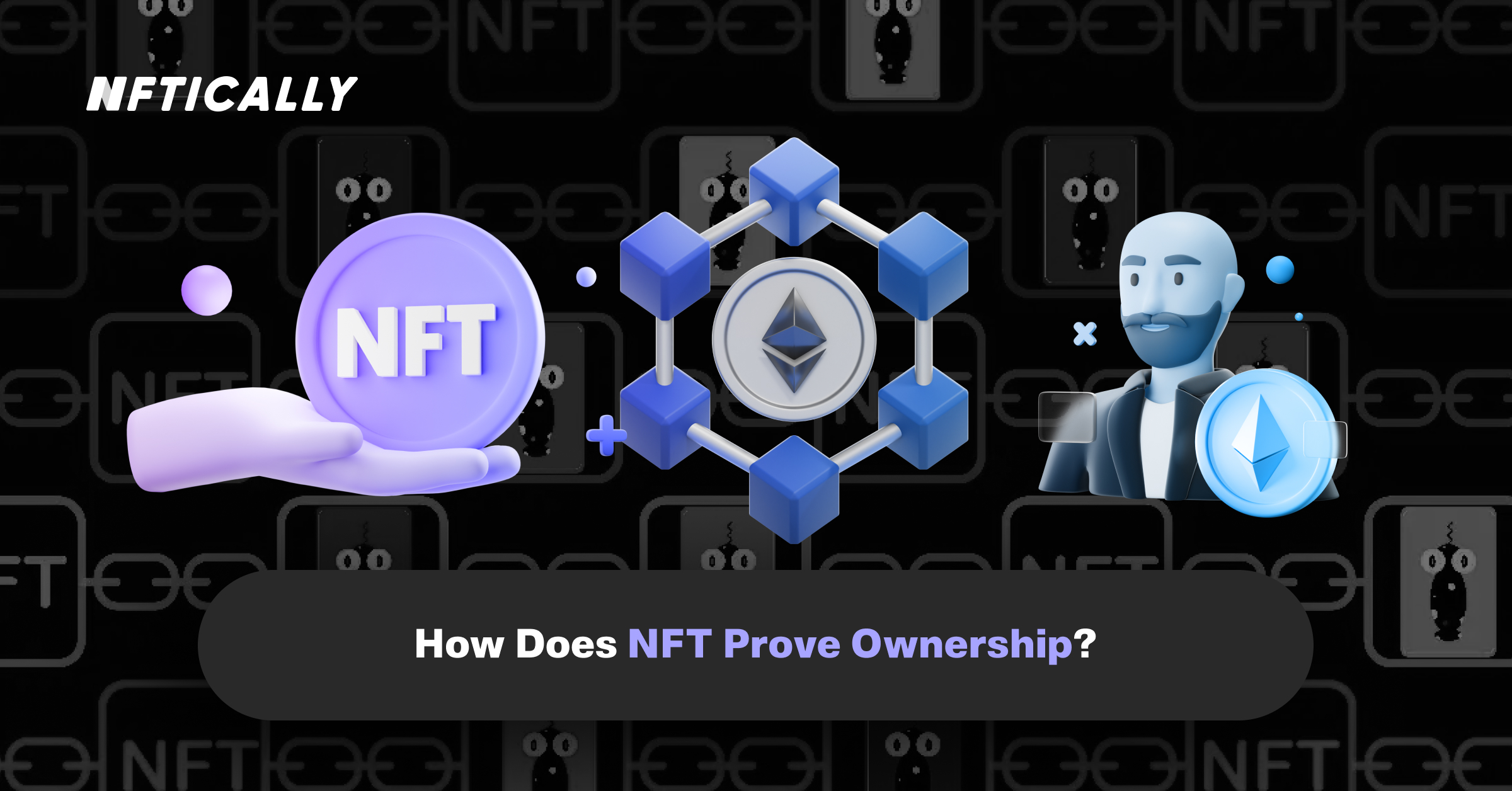
In recent years, the world has witnessed a digital revolution that has dramatically changed the way we perceive and trade assets. One of the most significant innovations to emerge from this digital transformation is Non-Fungible Tokens (NFTs). NFTs have taken the art, gaming, and collectibles industries by storm, offering a unique and secure way to prove ownership of digital assets. In this article, we will explore how NFTs work and how they prove ownership, with a focus on keywords like "NFT market price," "NFT tokens price," "best NFT gaming," "NFT price chart," "NFT blockchain," "best NFT marketplaces," "NFT marketplaces," "NFTs for sale," and "NFT price."
Understanding NFTs
Before delving into how NFTs prove ownership, it's essential to grasp the fundamental concept of NFTs. Non-Fungible Tokens are unique digital assets that are indivisible and cannot be exchanged on a one-to-one basis like cryptocurrencies such as Bitcoin or Ethereum. Each NFT represents ownership or proof of authenticity of a specific digital item, whether it be digital art, collectibles, music, virtual real estate, or in-game items.
NFT Market Price and NFT Tokens Price
NFTs have garnered significant attention due to their often astonishing market prices. The value of an NFT is determined by various factors, including rarity, demand, and the reputation of the creator. The NFT market price can fluctuate wildly, with some digital assets selling for millions of dollars. This unique pricing structure reflects the value people place on owning a unique, verifiable digital item.
Best NFT Gaming
The gaming industry has enthusiastically embraced NFTs. In this context, NFTs can represent in-game items, characters, or assets. Gamers can buy, sell, and trade these NFTs within the game's ecosystem. This introduces a new dimension to gaming, allowing players to have true ownership of their virtual assets. Some of the?best NFT gaming?experiences provide players with the ability to use and trade their in-game items both inside and outside the game.
NFT Price Chart
To understand the value of an NFT, enthusiasts and investors often turn to NFT price charts. These charts display historical price data, helping individuals track the asset's performance over time.?NFT price charts?are valuable tools for those looking to make informed decisions in the NFT market.
NFT Blockchain
NFTs are built on blockchain technology, which underpins their security and uniqueness. The blockchain acts as a digital ledger that records every transaction related to an NFT. This transparent and immutable record ensures that the ownership and provenance of the digital asset can be easily verified.
Best NFT Marketplaces
NFTs are typically bought and sold on NFT marketplaces. These online platforms facilitate the exchange of digital assets and provide a secure environment for buyers and sellers. Some of the best NFT marketplaces include OpenSea, Rarible, and SuperRare. These platforms allow users to explore a wide range of?NFTs for sale, from digital art to virtual real estate.
NFT Marketplaces
NFT marketplaces?are not limited to one specific niche. They cover a broad spectrum of digital assets, making it accessible to a wide audience. Whether you are an art enthusiast, a gamer, or simply looking to invest, there is an NFT marketplace that caters to your interests.
NFTs for Sale
As NFTs continue to gain popularity, more and more individuals and creators are offering NFTs for sale. This proliferation of digital assets provides opportunities for both buyers and sellers to participate in the NFT ecosystem. Artists can monetize their digital creations, while collectors can acquire unique and valuable pieces.
NFT Price
The price of an NFT is a reflection of its scarcity and demand. High demand for a specific NFT can drive its price up significantly. NFTs can appreciate over time, making them attractive investment opportunities. However, like any investment, there are risks involved, so it's crucial to conduct thorough research before purchasing an NFT.
- Integration with Real-World Assets: NFTs are expanding beyond the digital realm. We are witnessing the tokenization of real-world assets such as real estate, luxury goods, and even intellectual property rights. This trend could potentially revolutionize traditional industries, making ownership and transfer of physical assets more efficient and transparent.
- NFT Interoperability: As more NFTs are created on various blockchains, there's a growing need for interoperability. Projects are already working on solutions that allow NFTs to move seamlessly between different blockchain networks, increasing their utility and value.
- Environmental Concerns: The energy consumption of blockchain networks, especially those using proof-of-work algorithms, has raised environmental concerns. Some NFT projects are exploring eco-friendly alternatives, like NFTs on energy-efficient blockchains or transitioning to proof-of-stake systems.
- Regulatory Developments: Governments around the world are beginning to establish regulations for NFTs to address issues like fraud and money laundering. Understanding and complying with these regulations will be crucial for the continued growth of the NFT market.
- NFTs in Education and Certification: NFTs are being used to certify educational achievements and professional certifications, adding an extra layer of trust to digital credentials. This could have a transformative impact on how employers and institutions verify qualifications.
- Digital Identity: NFTs could play a role in the future of digital identity. They could serve as unique, verifiable identifiers, potentially reducing identity theft and simplifying online authentication.
- NFTs in Virtual Worlds: Virtual reality and virtual worlds are becoming more mainstream, and NFTs are an integral part of these ecosystems. Users can buy, sell, and trade virtual land, assets, and wearables, blurring the lines between the digital and physical worlds.
- Artificial Intelligence and NFTs: AI-generated content, such as art and music, is being tokenized as NFTs. This raises questions about ownership and copyright in the era of AI-generated creativity.
In conclusion, Non-Fungible Tokens have revolutionized digital ownership by providing a secure and transparent way to prove ownership of digital assets. The?NFT market price, NFT tokens price, best NFT gaming experiences, NFT price charts, NFT blockchain technology, and the best NFT marketplaces have all played a significant role in the growth and adoption of NFTs. Whether you're an artist, a gamer, or an investor, NFTs offer exciting opportunities to explore the digital frontier and prove ownership of unique digital assets.
What's Your Reaction?








